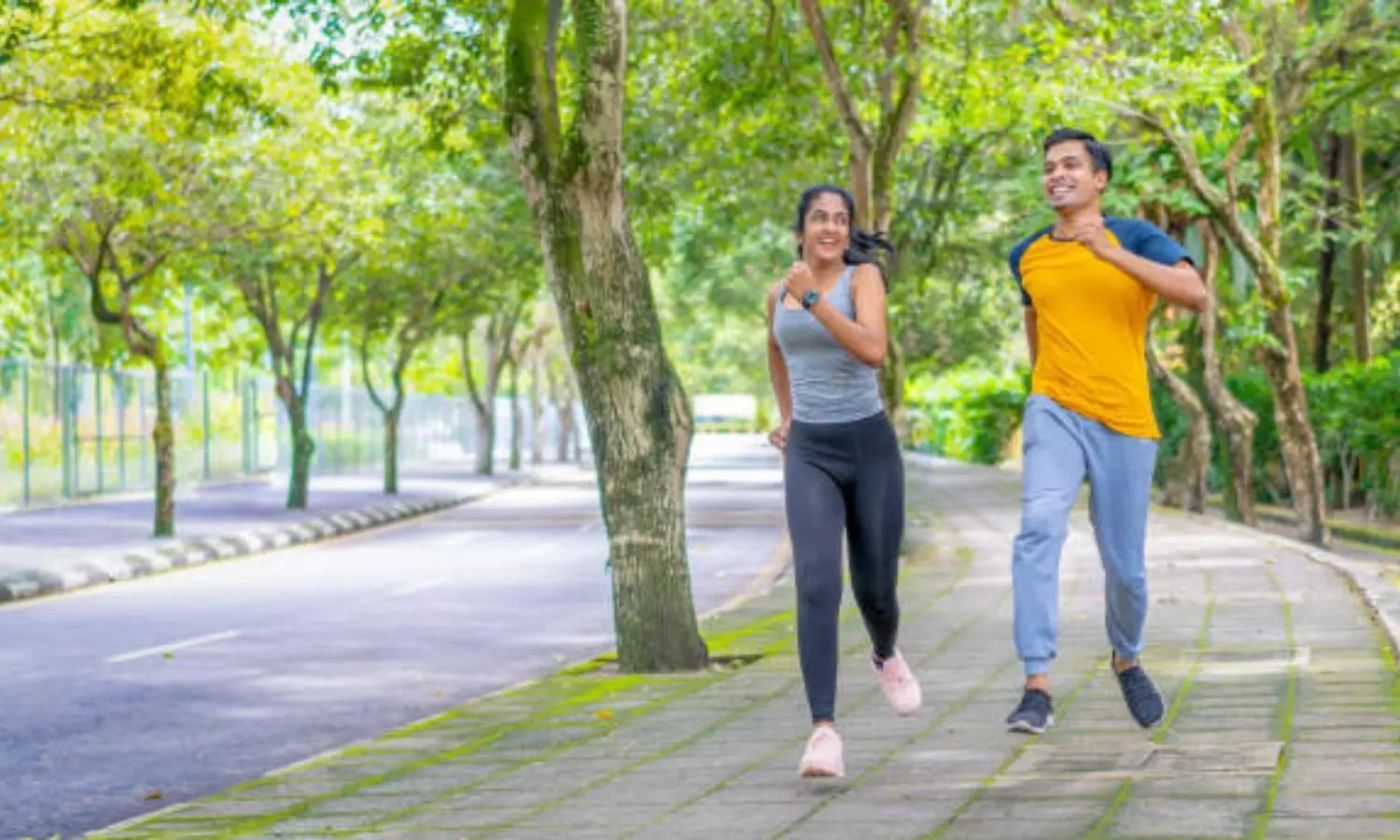GP- Article
The silent revolution of running in India: A fitness and lifestyle trend
How everyday Indians are embracing running as the new path to health, community, and personal transformation.

A quiet transformation is taking place on Indian roads, parks, and urban trails. It doesn’t grab headlines or dominate social media feeds, but it’s happening every morning at dawn, one stride at a time. Running has become more than just a sport in India. It’s now a full-blown lifestyle movement.
From jogging to a way of life
What was once considered an activity for the ultra-fit or a niche group of athletes has now found its way into mainstream urban India. The image of runners pounding the pavement, often in groups, has become a regular sight in metros like Mumbai, Delhi, Bengaluru, and Hyderabad.
The shift is subtle but powerful. No longer restricted to professional athletes, running now appeals everyday professionals, students, homemakers, and retirees alike. The reasons are diverse: fitness, stress relief, weight loss, personal challenge. But the result is all the same. Running is reshaping how Indians think about health and self-care.
Why running? Why now?
The timing isn’t coincidental. Several factors have converged to push running into the spotlight in India:
Health Awareness Boom: With lifestyle diseases on the rise, more Indians are waking up to the importance of fitness. Running, being inexpensive and accessible, offers an easy entry point.
Smartphone Fitness Culture: Fitness apps, wearable tech, and GPS trackers have gamified running. Runners now track every step, compare times, and share progress, which builds motivation and community.
Events and Marathons: India hosts more than 1,500 organized runs every year. From the Tata Mumbai Marathon to local 5Ks in tier-2 cities, the calendar is packed. These events inspire newcomers and create a sense of purpose for seasoned runners.
Social Running Clubs: Groups like Mumbai Road Runners, Gurgaon Road Runners, and Chennai Runners have built strong local communities. These clubs democratize running by offering mentorship, group training, and camaraderie.
To explore more opportunities in running and various other sports click here
The health benefits of running
The physical and mental benefits of running are well-documented and far-reaching. Regular running strengthens the heart, improves lung capacity, and helps regulate blood pressure and blood sugar levels. It is a powerful tool against cardiovascular disease and diabetes, both of which are prevalent in India. It’s also one of the most effective forms of calorie-burning cardio, promoting weight management and reducing obesity risk. On the mental health side, running helps reduce symptoms of anxiety and depression, boosts mood through endorphin release, and improves sleep quality. In short, running is medicine that doesn’t need a prescription.
The democratization of fitness
Perhaps the most exciting aspect of this running revolution is its accessibility. You don’t need expensive gym memberships or elite training facilities. All it takes is a decent pair of shoes and the will to begin.
This democratization is critical in a country where access to formal fitness infrastructure is still limited in many regions. Running cuts through those barriers. Rural and small-town India is catching on too, with grassroots events and regional running groups emerging across the country.
Breaking stereotypes and age barriers
Running in India is also breaking long-standing stereotypes. Women, in particular, are stepping out in increasing numbers. From homemakers to corporate executives, female runners are claiming their space on the roads and the podiums.
Age is no barrier either. Whether it’s a 65-year-old finishing their tenth half-marathon or a teenager training for their first 10K, running offers a rare inclusive platform in the fitness world.
Brands, influencers, and the rise of 'running culture'
Big brands have taken notice. Nike, Adidas, Decathlon, and local players like HRX have launched India-specific campaigns to tap into the running boom. Influencers and running coaches are building large followings, sharing tips on form, nutrition, and training schedules.
The rise of running-focused podcasts, YouTube channels, and newsletters shows that this is more than a fitness fad. It is a cultural shift. For many, running is now part of daily identity, like yoga or meditation.
To add a bit more excitement to the running, check out
Challenges on the path
The revolution, however, isn’t without its roadblocks. Indian cities are notoriously unfriendly to pedestrians, let alone runners. Uneven pavements, pollution, and traffic chaos can make running a risky activity.
There’s also a lack of public running infrastructure. Tracks, open spaces, and running-friendly city planning are still rare. But even these hurdles haven’t slowed down the momentum. If anything, they’ve made the community more vocal about the need for urban reform and wellness-centric planning.
Where it's headed
Running in India is no longer just an early morning habit. It is a growing subculture. In the coming years, we can expect more innovation around running shoes and gear tailored to Indian terrain, more local races, and greater inclusivity across gender, age, and class.
Technology will continue to shape the way runners train and compete. Virtual races, app-based challenges, and AI-powered coaching are already changing the game. More corporate workplaces are also promoting employee wellness through running initiatives and group race entries.
Conclusion: A movement in motion
The running revolution in India may be silent, but it is far from invisible. It is changing lives, one step at a time. It is making fitness feel doable, real, and democratic. And it is quietly pushing the country toward a healthier, more active future.
Whether you're chasing a personal best or simply jogging to clear your mind, you're part of a growing movement. And in India, that movement is just getting started.

